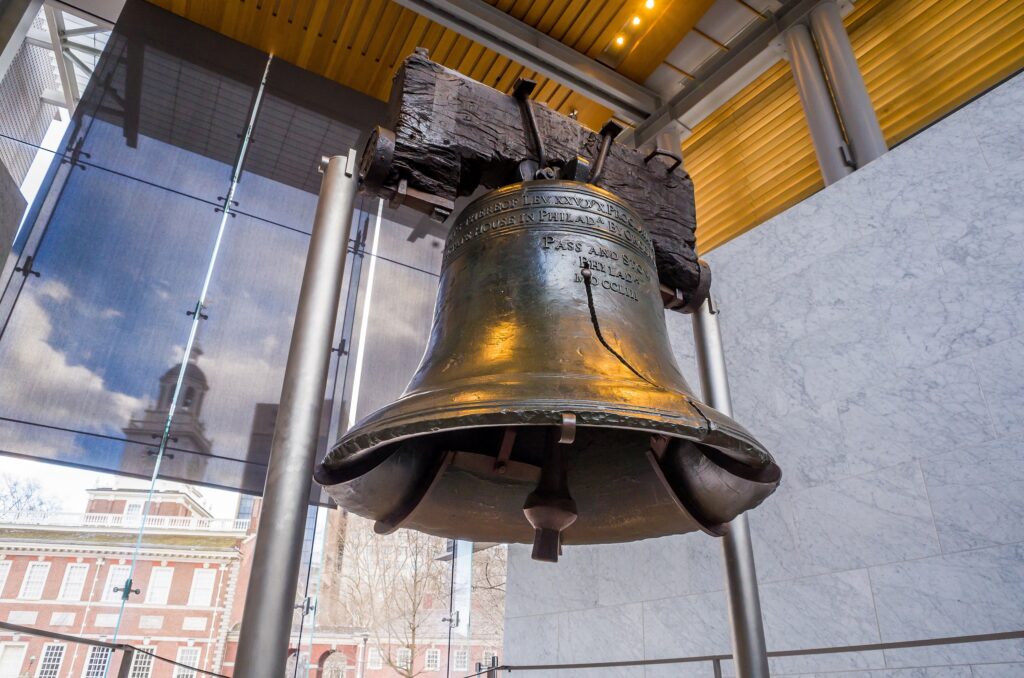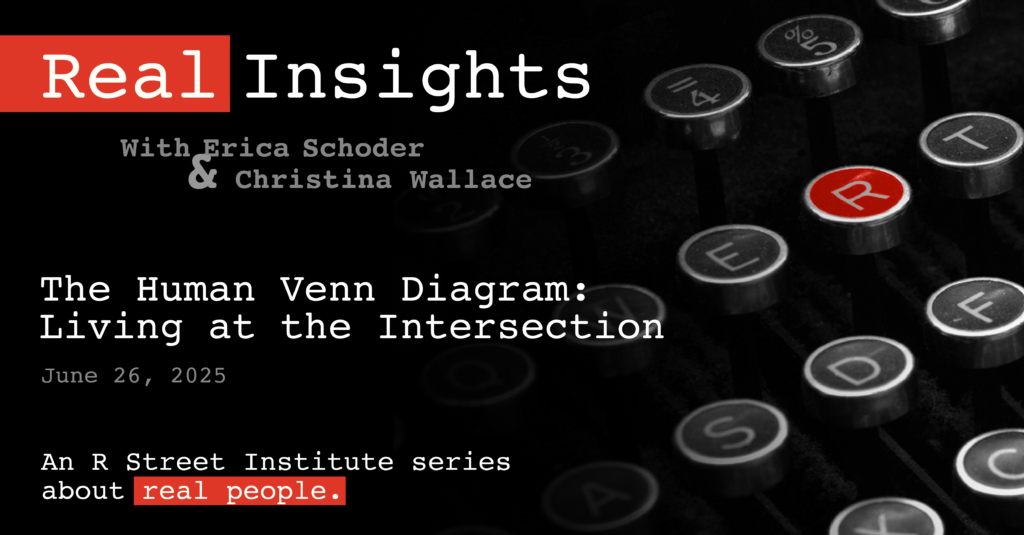Cal Fire’s corruption of public service
When it comes to firefighters, most Americans are satisfied thinking of them as “heroes” who run into burning buildings and battle forest fires — and leaving it at that. But years of scandal at California’s premier firefighting agency, the California Department of Forestry and Fire Protection, show what happens when union priorities, bureaucratic indifference, and greed go unchecked for years.
The latest scandal ignited at Cal Fire last May after a grisly killing. Orville “Moe” Fleming, a 56-year-old instructor at Cal Fire’s Ione facility, was accused of stabbing and strangling his 26-year-old girlfriend, Sarah Douglas, whom he had met on an online escort site. He eventually was convicted of second-degree murder.
This grisly act of domestic violence turned into an agencywide scandal after Fleming’s wife said she had seen a tape of Fleming and other firefighters cavorting with prostitutes at the fire facility. No one could prove the tape’s existence, but investigators uncovered behavior that would be unworthy in a Vegas strip club — let alone among a group of “professionals” with six-figure compensation packages.
As the Sacramento Bee reported last year:
A Cal Fire assistant chief is accused of hooking up with prostitutes on his state cellphone and then taking a state vehicle to meet them.… Another firefighter was fired after claims of making graphic, unwanted sexual advances toward a woman at a bar and lying about it.
There were tales of boozing it up at the academy, sexual misbehavior, lying and cheating on promotion exams. The cheating scandal sparked deeper investigations. After reviewing hours of interviews, the Bee found allegations that instructors provided students with the questions and answers that would be on tests. “Controls were so loose that students passed copies of tests to one another with the correct answers filled in,” the paper reported. “Instructors routinely tossed questions and added points, without written policy to guide their decisions.”
A recent Facebook meme opposed to California’s minimum-wage increase showed a photo of burger flippers earning $15 an hour, compared to firefighters pictured doing something dangerous and earning $18 an hour. The idea of poorly paid firefighters is a common perception, but the meme is as credible as those suggesting Barack Obama is preparing to disband elections and declare himself president for life. Getting a California firefighter job is the equivalent of hitting the lottery.
An official California firefighter survey from 2014 shows the average total compensation for Cal Fire employees ranging from $133,000 to $190,000. Firefighters in surveyed county and city departments receive packages from $172,000 to $266,000. They work an average of 125 to 156 days a year and are paid for sleeping. They receive the “3 percent at 50” formula that lets them retire with 90 percent of their final years’ pay at age 50 — plus those spiking gimmicks that drive up their pension payouts.
When firefighter openings come up, cities have opened the local arena to accommodate the large number of applicants. The public has a right to expect a high degree of professionalism for this kind of money, rather than a union-controlled system that coddles bad actors.
After a $2 million investigation, Cal Fire announced last January that two firefighters were fired, one resigned, and 13 faced discipline — although the public has no right to learn the specifics of the discipline. Three firefighters involved in the cheating scandal were demoted, but then promoted again once the scandal had passed. Fleming, who was on the promotion board, had texted them the questions and answers for the test to become captain. After this came to light during the scandal, the Cal Fire director demoted them one rank.
“Then two of them quickly became fire captains again, in keeping with written disciplinary terms that allowed all three to ‘remain eligible for promotion’ because they displayed ‘honesty’ with investigators,” reported the Bee’s Jon Ortiz. After bad publicity, the men ultimately were demoted two ranks. They appealed that demotion — but were finally rejected by the State Personnel Board last month. Will wonders never cease?
“Appellants were caught deliberately cheating on a promotional examination, but at every turn during the hearing, they tried to minimize the seriousness of their misconduct, and to deflect responsibility onto others,” according to the personnel board’s ruling. “In short, appellants failed to fully acknowledge their serious misconduct at hearing, increasing the odds that similar misconduct will recur.” Yet they “were not dismissed from state service,” and eventually will be eligible for promotions and pay raises.
The union representing these firefighters is lobbying for raises. The governor, Ortiz reported, has proposed giving the agency an additional $4.4 million so it can hire 14 new employees “dedicated to finding and preventing personnel messes.” The Cal Fire head said the department is “moving on” — and has instituted new disclosures for employees to sign.
Welcome to the world of government and California’s union-controlled government, in particular. If you do something wrong, you might get promoted. Your department will get more money and will hire more employees. You’ll get additional training.
“Our police and firefighters will earn more in retirement than they did when they were working,” said former San Jose Mayor Chuck Reed, as he fought for pension reform a few years ago. “When did we go from giving people sick leave to letting them accumulate it and cash it in for hundreds of thousands of dollars when they are done working? There’s a corruption here. It’s not just a financial corruption. It’s a corruption of the attitude of public service.”
In other words, these agencies have become a means to personal enrichment. The unions promote games-playing and protect bad apples. If you want an illustration of what the Democratic mayor was talking about, look no further than Cal Fire. And a similar bureaucratic and union dynamic is at work throughout the state government.








